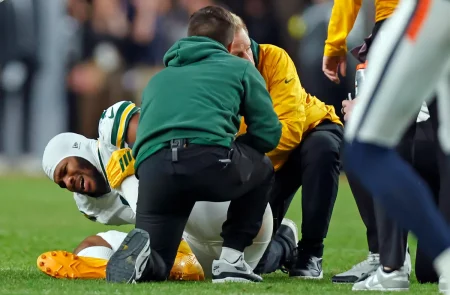The untimely death of Suchir Balaji, a 26-year-old former OpenAI researcher, has cast a somber shadow over the rapidly evolving field of artificial intelligence. Balaji, who was found deceased in his San Francisco apartment on November 26th, reportedly took his own life. His death follows a period of escalating internal conflict regarding OpenAI’s stance on copyright law and its implications for generative AI models like ChatGPT. While authorities have confirmed suicide as the cause of death and ruled out foul play, Balaji’s public pronouncements on the ethical and legal complexities surrounding AI training data raise questions about the pressures faced by researchers at the forefront of this transformative technology.
Balaji’s journey from enthusiastic AI researcher to disillusioned whistleblower began during his four-year tenure at OpenAI, a period that coincided with the explosive growth and controversial rise of ChatGPT. Initially drawn to the seemingly boundless potential of AI to address global challenges, Balaji’s perspective shifted as he delved deeper into the legal ramifications of using copyrighted material to train these powerful language models. He expressed growing concern over OpenAI’s reliance on the “fair use” doctrine as a defense against copyright infringement claims, arguing that the generative capabilities of AI models, particularly their ability to create substitutes for the very data they are trained on, rendered this defense implausible.
Balaji’s concerns were amplified by the rising tide of legal challenges against OpenAI and other generative AI companies. He publicly voiced his doubts about the legality of OpenAI’s practices, culminating in an interview with The New York Times, one of the publishers currently suing OpenAI for copyright infringement. His disillusionment reached a point where he felt compelled to leave the company, stating, “If you believe what I believe, you have to just leave the company.” This statement underscores the profound ethical dilemma faced by researchers who witness potential misuse of powerful technologies they helped create.
The core of the legal battle revolves around the use of copyrighted material in training large language models. OpenAI argues that its use of copyrighted data falls under the “fair use” doctrine, which permits limited use of copyrighted works for purposes such as commentary, criticism, news reporting, research, teaching, or scholarship. This defense, however, has been challenged by publishers and authors who argue that OpenAI’s use goes beyond fair use, constituting unauthorized copying that undermines their market and creative rights. The argument hinges on whether the transformative nature of AI training sufficiently alters the original copyrighted material to qualify as fair use.
OpenAI’s defense rests on the premise that their models “learn, as we all do, from what has come before,” implying that the process mirrors human learning and thus falls under the intended purpose of fair use. This argument, however, sidesteps the scale and commercial nature of AI training, which involves ingesting vast quantities of copyrighted data to create commercially viable products. Critics argue that this goes far beyond the traditional understanding of fair use, creating direct competition with the original copyrighted works and potentially diminishing their value.
The ongoing legal battles, including the lawsuit filed by The New York Times, highlight the complex and unresolved questions surrounding AI and copyright law. While one lawsuit against OpenAI was dismissed, the legal landscape remains uncertain, with the potential for significant repercussions for the entire AI industry. The outcome of these cases could shape the future development and deployment of AI technologies, potentially impacting the very nature of online content creation and dissemination. Furthermore, Balaji’s tragic death underscores the human cost of these complex ethical and legal dilemmas, highlighting the pressures faced by individuals working at the intersection of groundbreaking technology and evolving legal frameworks.














